In Defence of Light Rail: The Imperative for Canberra's Transport Future
- justindigiulio2
- Oct 22, 2023
- 4 min read
By Justin Di Giulio
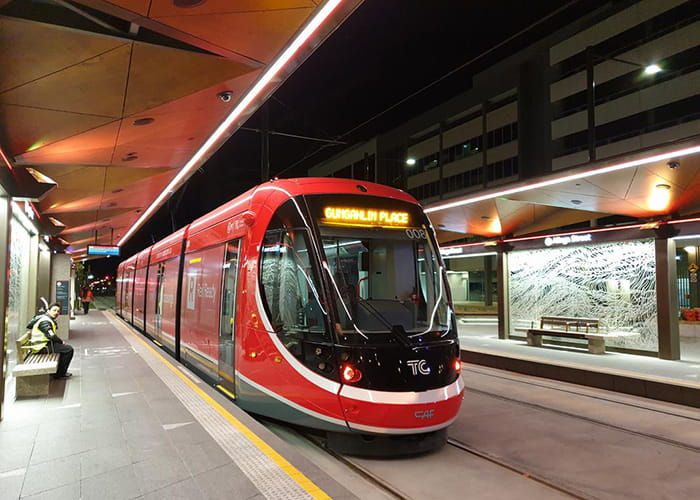
Image: Canberra Light Rail at stop. Image Credit: Street Furniture Australia
In response to Michael de Percy's recent article in the Canberra Times championing electric buses over Canberra's light rail, it becomes essential to highlight the myriad advantages that light rail offers. While electric buses present numerous benefits, light rail stands as an indispensable component of Canberra's transport landscape. Here are some of the compelling reasons why light rail is an invaluable asset for the city.
1. Capacity and Scalability Light rail vehicles (LRVs) naturally have a greater passenger capacity than electric buses. A single LRV can carry a load equivalent to several buses. As Canberra's population burgeons, light rail offers a solution that can easily scale to accommodate more passengers without a proportionate increase in vehicle numbers. This capacity alleviates congestion and ensures efficient transport during peak hours.
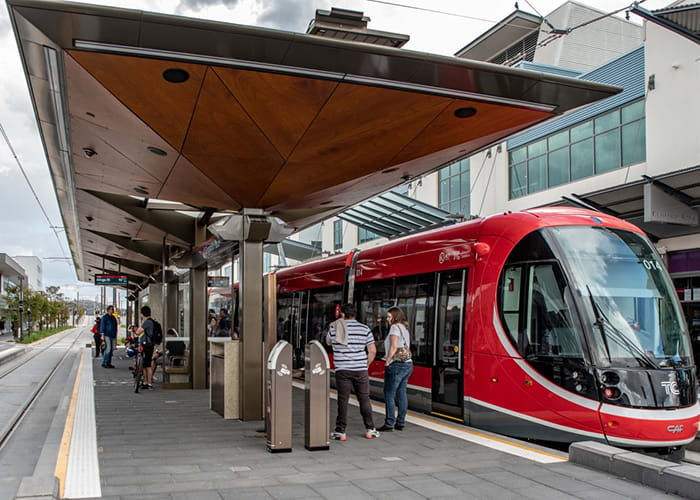
Image: Canberra LRT Station: Source credit: Street Furniture Australia
2. Environmental Benefits: Although electric buses are celebrated for their zero tailpipe emissions, the larger capacity of LRVs means they can transport a greater number of passengers using the same energy input. This translates to enhanced energy efficiency on a per-passenger basis. Additionally, the integration of green infrastructure into light rail designs can potentially reducing the urban the impact on the environment.
The Light Rail is powered by 100% renewable energy. Further, the Canberra Metro offset all operating emissions to achieve zero net carbon emissions by designing, building, operating and adapting to climate change impacts and societal needs.
Some of the environmental benefits are outlined on the Canberra Metro Website include:
"installation of 99kW of solar panels on the Depot roof, designed to reduce grid energy consumption and provide additional renewable energy sources.
A LRV wash bay which features a closed-loop system, using 70% recycled water. The LRV wash system recycles approximately 70% of the water used in each cycle. "
3. Economic Growth and Development: Historical data indicates that light rail systems often stimulate economic growth in their vicinities. The permanence of rail lines is a psychological beacon to developers, signifying a steadfast commitment to transport infrastructure. This commitment can lead to increased property values and attract businesses, revitalising neighbourhoods and establishing economic hotspots. Something a bus stop cannot necessarily achieve.
The ACT Government's 12-month review in 2020 of Light Rail Stage One in Canberra highlighted its overwhelming success, with the project completing under budget and resulting in an immediate surge in public transport usage, accounting for over 4.2 million boardings in a year. Alongside enhancing public transport patronage, the light rail initiative has also spurred wider economic benefits, such as a marked increase in land values along its corridor — with an average unimproved block value growth of 35.2% — and population growth surpassing initial expectations by almost 2,500 residents. Moreover, the project has bolstered local businesses, increased revenues, and created 4,750 jobs, 75% of which are sustainable local positions (ACT Government).

Image: Light Rail on dedicated right of way, credit: Canberra Times.
4. Predictability and Reliability: Operating on dedicated tracks, light rail systems are shielded from the unpredictabilities of road traffic, making them more reliable and consistent compared to buses, which might face traffic snarls or detours.
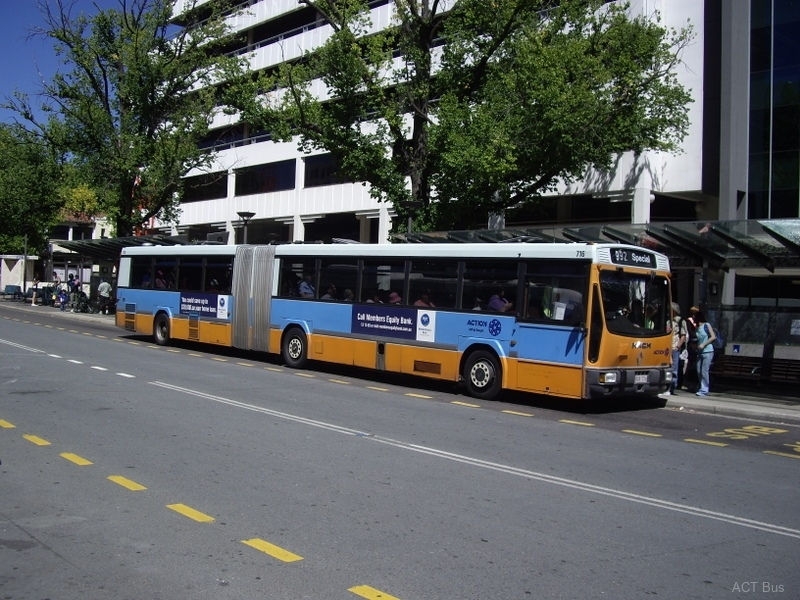
Image: Old 716 Action Bus at City Interchange, credit: ACT Bus
Notably, the Canberra Action bus service, operated under a "public service" timetable, was frequently criticised for its old fleet, tardiness, unreliability, inefficiency and expensive dead running. Issues like significant fleet shortages to service frequency improvements and weekend operational challenges further underscored the need for a dependable transport solution, which light rail promises to deliver.
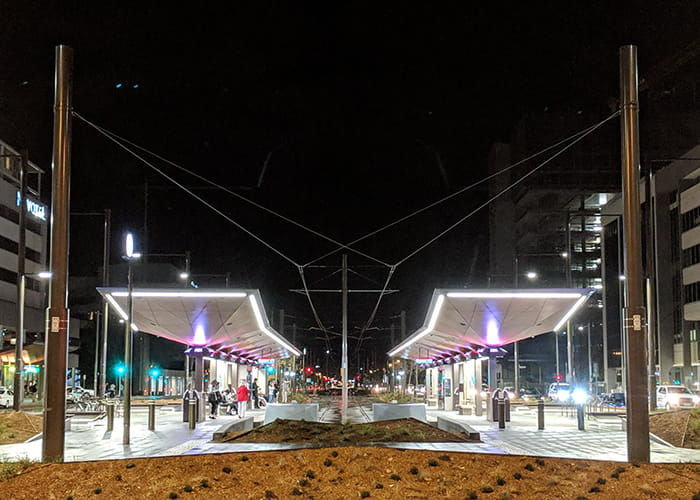
Image: Canberra Light Rail Station Urban Integration, Street Furniture Australia
5. Integration with Development, Housing and the Urban Fabric Elegantly designed new light rail stations (like in Tel Aviv) can seamlessly blend into the cityscape, becoming landmarks that accentuate the identity of neighbourhoods and foster local pride. Recent other Australian examples include Gold Coast and Sydney.
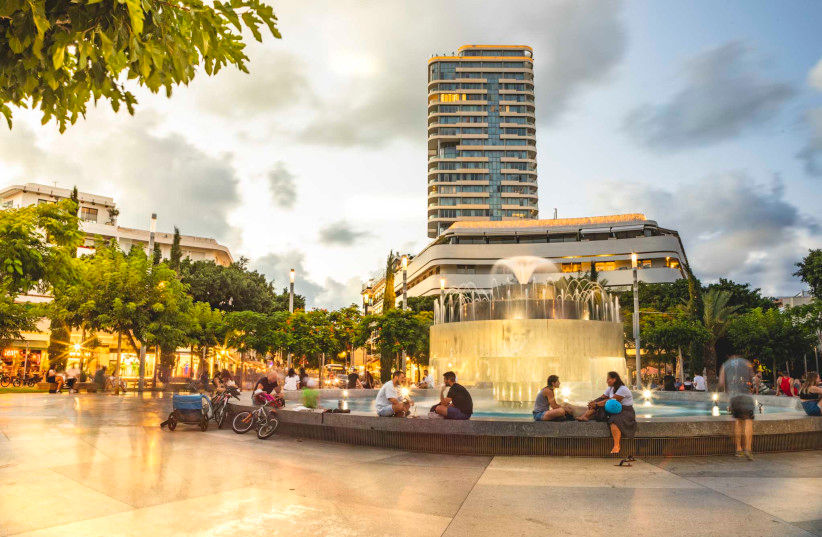
Image: New development in Tel Aviv around Light Rail, image credit: Tal Givoni, Jerusalem Post
They can be the centre of a community, connecting people to housing, jobs, education, and local services. Achieving this level of integration and permanence can be more challenging for bus stops.
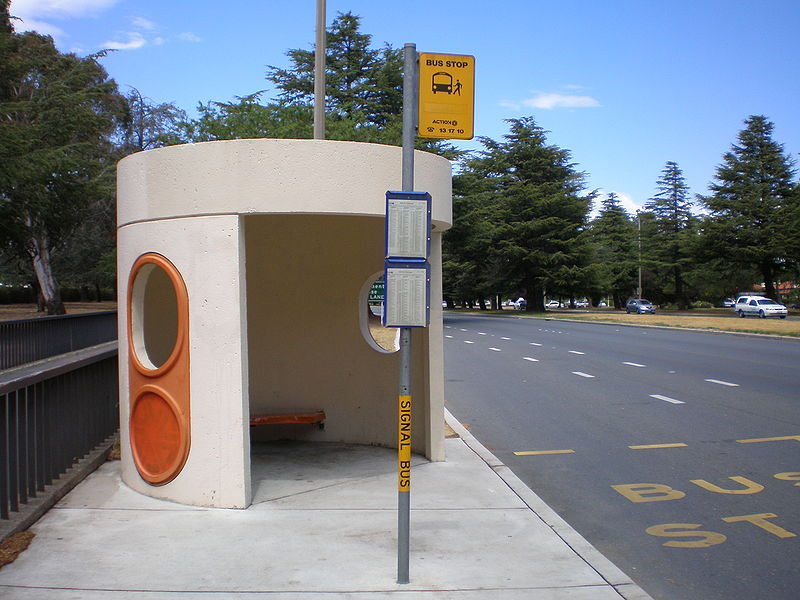
Image: Historic Canberra Bus Stop, credit: Wikipedia
A flagpole, a concrete dome or Adshell shelter can be less significant to a community, create less community presence and not meet the future demands required of such a place.
6. Long-term Vision Committing to light rail signifies a long-term vision for Canberra. A robust rail system positions the city as a future-ready, contemporary metropolis, equipped to navigate the intricacies of the 21st century. Plan for extensions and make it a truly sustainable transport network.

Image: Multimodal interchange concept, credit: Steam
7. Multi-modal Strategy Rather than perceiving buses and light rail as adversaries, they should be viewed as complementary facets of an all-encompassing transport system. Why not have both? Energy Efficient Electric Buses can efficiently feed into light rail stations, ensuring connectivity even for regions not directly on the rail line. The concept of integrated land-use and transport is crucial in ensuring that people will be able to get to where they want to go both now and into the future.
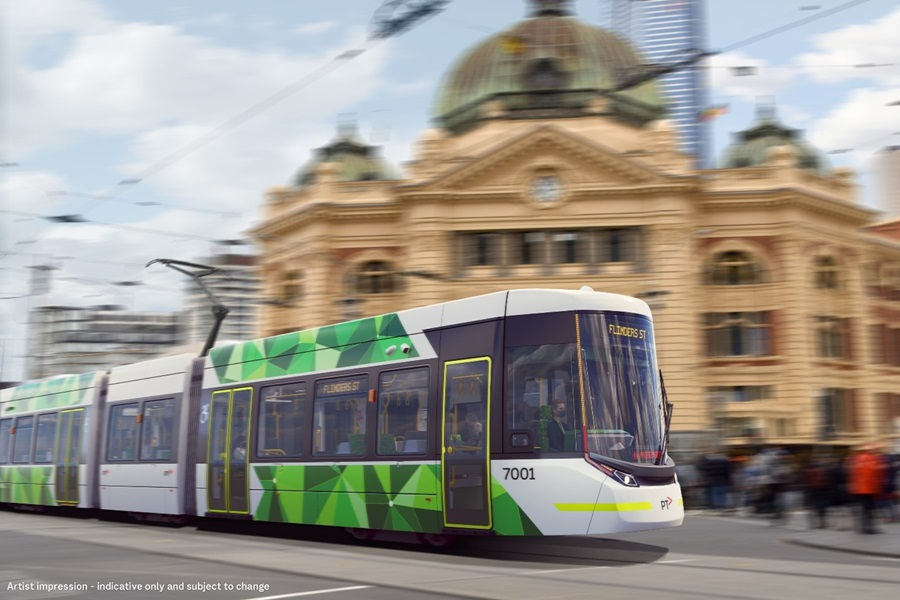
Image: Artists Impression of Melbourne's Next Generation Tram (G-Class). Source credit: Department of Transport and Planning (Victoria)
Drawing a parallel, it's worth noting that Melbourne boasts one of the most extensive tram networks globally. It is progressing into a light rail system. The success and integration of a modern light rail approach into Canberra's urban fabric could serve as a testament to the potential of light rail systems in other Australian cities. What will be interesting to observe is the trial of Trackless Trams in the City of Stirling, Western Australia. While this author is not necessarily an advocate of this technology at this stage, it is certainly something which is worth monitoring for the results.

Image: Canberra Electric Bus, Source credit: Transport for Canberra.
While Canberra's electric buses cater to specific transport nuances, they cannot overshadow the distinct advantages light rail offers. Canberra's thrust towards to light rail and extensions is not a mere reaction to current transport demands but a strategic move towards crafting a sustainable and integrated transport vision for its future.

Author: Justin Di Giulio is a Senior Planning Consultant specialising in transport and land-use.



Comments